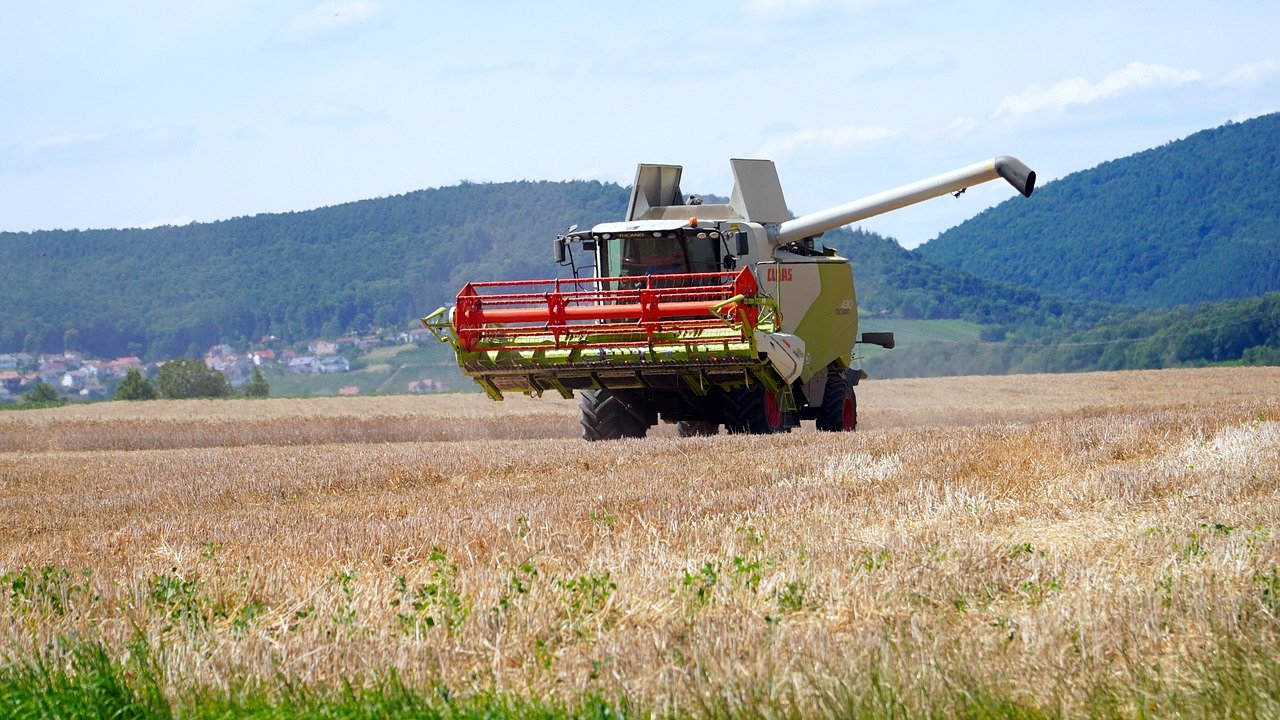Maintaining a harvester is essential to ensure it operates efficiently, maximizes productivity, and maintains peak performance during critical harvesting seasons. Harvester maintenance involves regular inspections, timely repairs, and adherence to manufacturer guidelines to minimize downtime and extend the machine’s lifespan. Here’s a comprehensive guide to harvester maintenance and support practices:
Regular Inspection and Maintenance Schedule
- Engine Maintenance:
- Oil and Filters: Regularly change engine oil and filters as recommended by the manufacturer to ensure proper lubrication and engine longevity.
- Air Filters: Clean or replace air filters regularly to prevent dust and debris from entering the engine, which can affect performance and fuel efficiency.
- Cutting and Threshing Mechanisms:
- Inspect cutting blades, bars, or drums for wear and sharpness. Replace or sharpen as needed to ensure efficient crop cutting and threshing.
- Lubricate moving parts of the cutting and threshing mechanisms to reduce friction and prevent premature wear.
- Cleaning and Sorting Systems:
- Check cleaning and sorting systems for clogs, wear, or damage. Clean screens, belts, and conveyors to maintain optimal performance in removing debris and foreign matter from harvested crops.
- Hydraulic System:
- Inspect hydraulic fluid levels and check for leaks in hoses, cylinders, and fittings. Replace hydraulic filters at recommended intervals to maintain hydraulic system efficiency.
- Electrical System:
- Test batteries and charging systems regularly to ensure reliable starting and operation of electrical components.
- Inspect wiring harnesses and connections for signs of wear or corrosion. Repair or replace damaged components to prevent electrical malfunctions.
- Tires or Tracks:
- Check tire pressure and tread depth regularly. Adjust tire pressure according to field conditions to optimize traction and minimize soil compaction.
- Inspect tracks (if applicable) for wear and tension. Clean tracks to remove debris that can affect performance and durability.
Seasonal Maintenance Tasks
- Pre-Harvest Preparation:
- Conduct a thorough inspection before each harvesting season. Check all fluid levels, belts, hoses, and bearings for wear or damage.
- Test and calibrate cutting and threshing mechanisms to ensure they operate at peak efficiency for the specific crop type.
- Post-Harvest Maintenance:
- Clean the harvester thoroughly to remove crop residue, dust, and debris. Inspect and lubricate components that may have been exposed to excessive wear during harvesting operations.
- Store the harvester in a dry, covered location to protect it from weather damage and corrosion during the off-season.
Operator Training and Safety
- Operator Manuals and Training:
- Provide operators with comprehensive training on harvester operation, maintenance procedures, and safety protocols.
- Ensure operators are familiar with emergency shutdown procedures and personal protective equipment (PPE) requirements.
- Safety Checks:
- Perform regular safety inspections of the harvester, including checking ROPS (Roll-Over Protection Systems), seat belts, and emergency stop controls.
- Maintain visibility by cleaning windows and mirrors to ensure operators have clear sightlines during operation.
Support and Service from Dealerships
- Authorized Service Centers:
- Utilize authorized dealership service centers for routine maintenance, repairs, and parts replacements.
- Take advantage of manufacturer warranties and service agreements to minimize costs and ensure timely repairs.
- Parts Availability:
- Maintain an inventory of critical spare parts and consumables to minimize downtime during peak harvesting seasons.
- Order genuine OEM (Original Equipment Manufacturer) parts to ensure compatibility and reliability with the harvester’s systems.
Conclusion
In conclusion, harvester maintenance and support are essential practices to maximize productivity, efficiency, and reliability during critical harvesting operations. By following a proactive maintenance schedule, conducting regular inspections, and utilizing authorized service centers, operators can ensure that harvesters perform at optimal levels, minimize downtime, and extend their operational lifespan. Investing in proper maintenance not only enhances harvest quality and efficiency but also ensures the harvester remains a reliable asset in meeting global food production demands.
